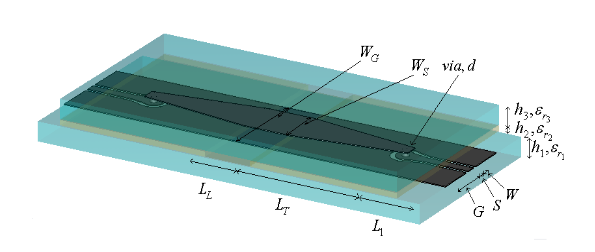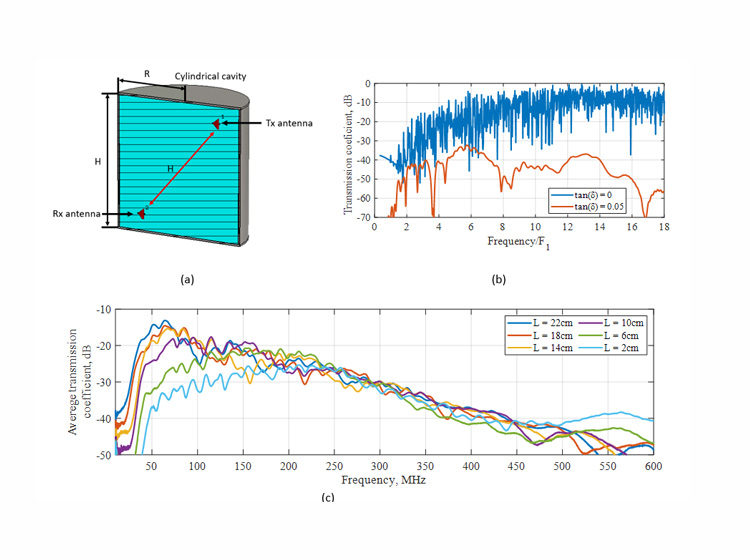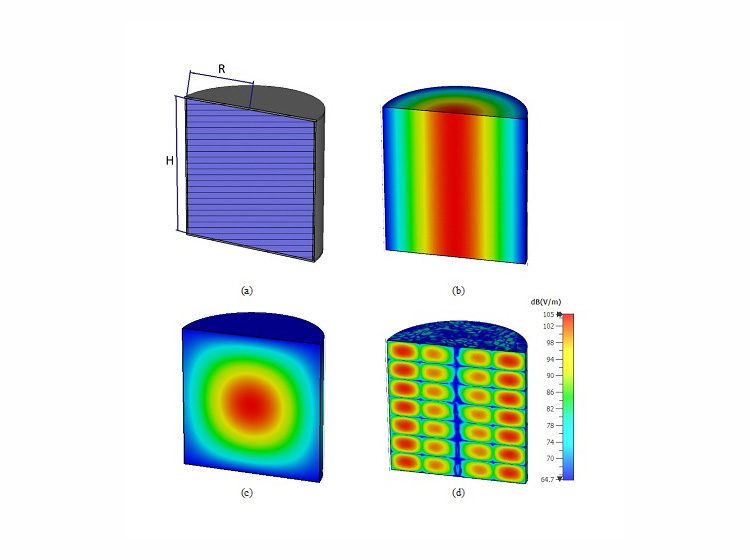Variable control devices play an important role in modern communication systems. Examples of such devices – variable phase shifters, couplers and attenuators – are essential in the radio frequency (RF) front end of a typical transceiver chain. The control signal usually takes the form of either voltage or current, depending on the characteristics of the active device used.
Variable attenuators are widely used in radar systems, point-to-point radio, smart antennas and RF signal cancellation. The choice of the attenuator for a particular application is influenced by many factors, such as the dynamic range, the insertion/return losses, power consumption, linearity and power handling capability. Depending on the circuit configuration, attenuators can be clustered into two broad groups: transmission-type attenuators and reflection-type attenuators. Transmission-type attenuators operate on the principle of attenuating the RF signal in the direct path, i.e. from input to output, while reflection-type attenuators usually employ a hybrid coupler whose coupled ports are terminated in variable resistance devices. Regardless of the attenuator type, for lower power handling capabilities and lower costs, the variation of attenuation is usually achieved using either variable resistance devices, such as PIN diodes or some kind of FETs. The main drawback of variable resistance devices is that they are usually current controlled, inferring that devices based on them are dc power consumers. As such, there exist a need for variable attenuators consuming no or very little power. This can only be achieved if the active device used to control the characteristic of the attenuator consumes no or very little power. One such device is a varactor diode, which is a voltage-controlled device.
In this paper, variable reflection-type attenuators based on varactor diodes are introduced and described in detail. Their main components are 3-dB couplers, varactor diodes and lumped elements.
Initially, a simple varactor-based reflective load is introduced and its advantages and disadvantages in the circuit of reflection-type attenuators are discussed. Then, based on this, improvements and refinements to the simple varactor-based reflection-type attenuator are discussed, and a novel circuit of the varactor-based reflection load is proposed. This circuit offers high attenuation and controllable insertion losses. It is also shown that the inter-modulation (IM) performance of the novel varactor-based reflection-type attenuator is controllable, and that the reduction of insertion losses leads to an improvement of IM-performance.
As an experimental verification, varactor-based reflection-type attenuators operating at a center frequency of 2.5 GHz are fabricated and measured. It is shown in one reflection-type attenuator realization that insertion losses as low as 1.1 dB with a minimum Third-Order Intercept (IP3) Point of 25.2 dBm are achievable, while in the second realization a dynamic range of over 36 dB is shown to be practically achievable. The variable attenuator consumes no dc power.




Leave a Reply